
“I think the biggest thing I took away from SoloItaliano was being able to think in Italian, which is something I had never really experienced before,” said Kristin Naylor (ITLN 311S), the winner of this summer’s SoloItaliano Challenge. Kristin has recently graduated and will begin a graduate program in Positive and Coaching Psychology at the University of East London this fall.
The SoloItaliano Challenge is an event that lasts for two days, during which students voluntarily pledge to speak only in Italian. After extensive study of grammar and vocabulary, the Challenge offers students the opportunity to see how far their linguistic abilities have come, and pushes them to become conversational speakers. The Challenge is also notorious for pushing students to be conscious of their effort to communicate in Italian and to slowly let go of the safety net offered by a community of English speakers.
Dylan Sivori (ITLN 111S), a Film & Media Studies Major from Tufts University, said that he enjoyed the Challenge and that, “it was weird speaking in English after speaking only in Italian for two straight days. We weren’t ready to switch back”. Dylan was one of a number of students who expressed a desire for the challenge to be longer.
The challenge culminated in a Tandem language exchange, during which most participants continued to communicate in Italian to extend the challenge of their own volition.
Click here to learn more about the Intensive Italian Language through Culture Program.



 The UN Paris Climate Agreement was signed by leaders of nearly 200 countries with the goal of addressing climate change, sustainable development and food production, and poverty (Article 2). It plans to do so by lowering greenhouse gas emissions, specifically targeting anthropogenic pollutants.
The UN Paris Climate Agreement was signed by leaders of nearly 200 countries with the goal of addressing climate change, sustainable development and food production, and poverty (Article 2). It plans to do so by lowering greenhouse gas emissions, specifically targeting anthropogenic pollutants.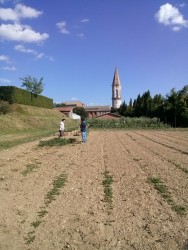 Click here
Click here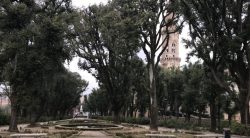 The Frontone Gardens
The Frontone Gardens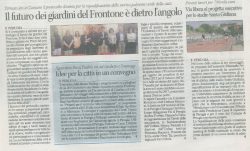
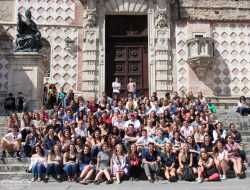

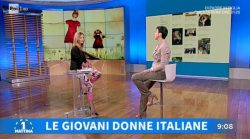


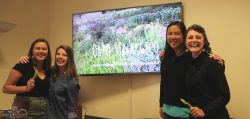
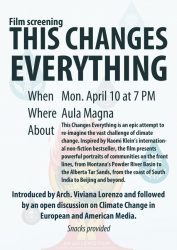 The screening was accompanied by a brief lecture by Viviana Lorenzo on climate change and the way it is generally presented by European and American media outlets.
The screening was accompanied by a brief lecture by Viviana Lorenzo on climate change and the way it is generally presented by European and American media outlets.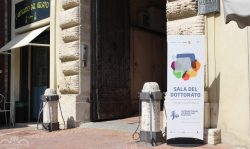 IJF Events are being hosted in the Sala del Dottorato below the Umbra Institute
IJF Events are being hosted in the Sala del Dottorato below the Umbra Institute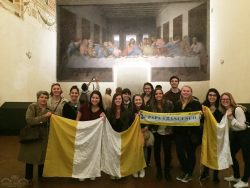 Students and Prof. Hoch in front of the Cenacolo, after having seen Pope Francis
Students and Prof. Hoch in front of the Cenacolo, after having seen Pope Francis